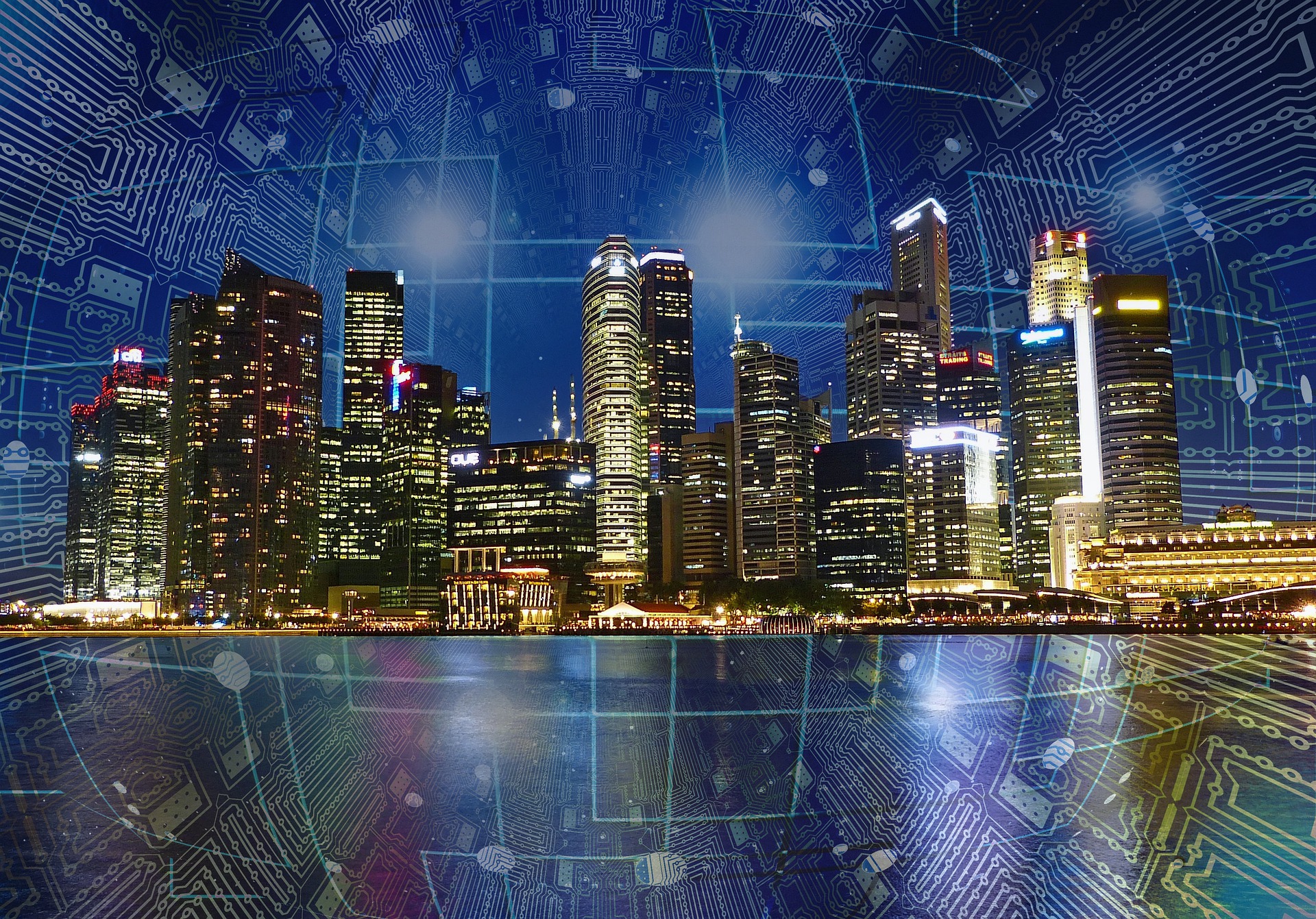Six Ways IoT Can Benefit Cities
As the world’s population grows, cities face both new opportunities and challenges. This growing population and an influx of residents and visitors can give a boost to the economy, but at the same time, it increases the strain on existing resources and leads to social, economic and environmental externalities. Governments today are turning to IoT solutions to deal with these problems and to generate economic benefits in the process. Let us look at the benefits of IoT in cities:
1. Better Connectivity
Improving connectivity, reducing traffic congestion and preventing accidents are some of the biggest mobility challenges facing cities today. These challenges impact the daily lives of commuters, businesses and also visitors to the city. According to a recent study by Auto Insurance Center, an average commuter wastes 42 hours in traffic each week. Governments are looking at incorporating smart IoT solutions to monitor traffic patterns and identify congestions points as well as to optimize public transport facilities like routes, parking spaces, etc. Some examples of this application include smart traffic signals to adjust for traffic fluctuations, gather data from cameras, mobile phones, and road sensors to monitor accidents in real-time, among others.
2. Better Healthcare
With an increase in the city population, the stress on healthcare provision services also rises. IoT can improve monitoring the health of a city’s population to predict trends and also to assist in service delivery. IoT-enabled devices unleash the potential for remote censoring and increase patient engagement with doctors in a faster and more efficient manner. Few applications include remote censoring of patient’s vitals to enumerate steps of action, real-time monitoring of hospital utilities to manage capacity and costs, environment monitoring to control temperatures, humidity, etc.
3. Better Commerce
Cities need to continually expand and innovate to grow towards prosperity. Businesses, both small and large are incorporating IoT technologies to thrive. Industrial products, approximately 45% across the globe, are using IoT technologies to run. Retail e-commerce has seen a steep entry of IoT solutions in their businesses in the form of smart baskets, automated checkouts, etc. Along with these, the business infrastructure, on the whole, can be improvised; data-driven inventory management, optimized retail zones, real-time delivery networks, etc.
4. Improved Safety
Given the rising importance given to safety by citizens, governments are incorporating innovations in IoT to improve the safety of inhabitants. Remotely-censored CCTV cameras and automated incident detection (fire, smoke, intrusion, etc.) and alarm systems are effectively improving the safety of citizens in homes, offices, public places, etc. They incorporate video analytics and artificial intelligence to garner critical information from the footage recorded. Administrations are also using IoT-led crowd management systems to manage busy, crowded areas of the city. Smart street lighting is another application to make streets safer and provide better driving conditions for inhabitants.
5. Better Environment
Environmental change is impacting every aspect of our daily lives and this brings forth new challenges for the government in the form of resource quality, safe surroundings, pollution control, and a healthy lifestyle. Solutions like hazard detection, pollution detection, temperature monitoring, etc. define the penetration of IoT in the field of environment. Other solutions include systems to improve water and energy resources, smart agriculture solutions and animal farming, among others.
6. Improved Capital Usage
IoT is helping individuals and businesses identify lost opportunities and opportunities which can be avoided; both resulting in cost reduction. By identifying more efficient alternatives, this technology enables the government to deliver projects with reduced running and maintenance costs.
Conclusion
Despite the differences in demographics or objectives, governments across the globe are striving to improve the future of cities through the internet of things. The core value behind these efforts is to stand tall with the rest of the world, a move towards a smarter, more sustainable future. The developments discussed above are dictating the change being brought about by IoT, however, the true potential benefits of IoT in cities are yet to be uncovered.

